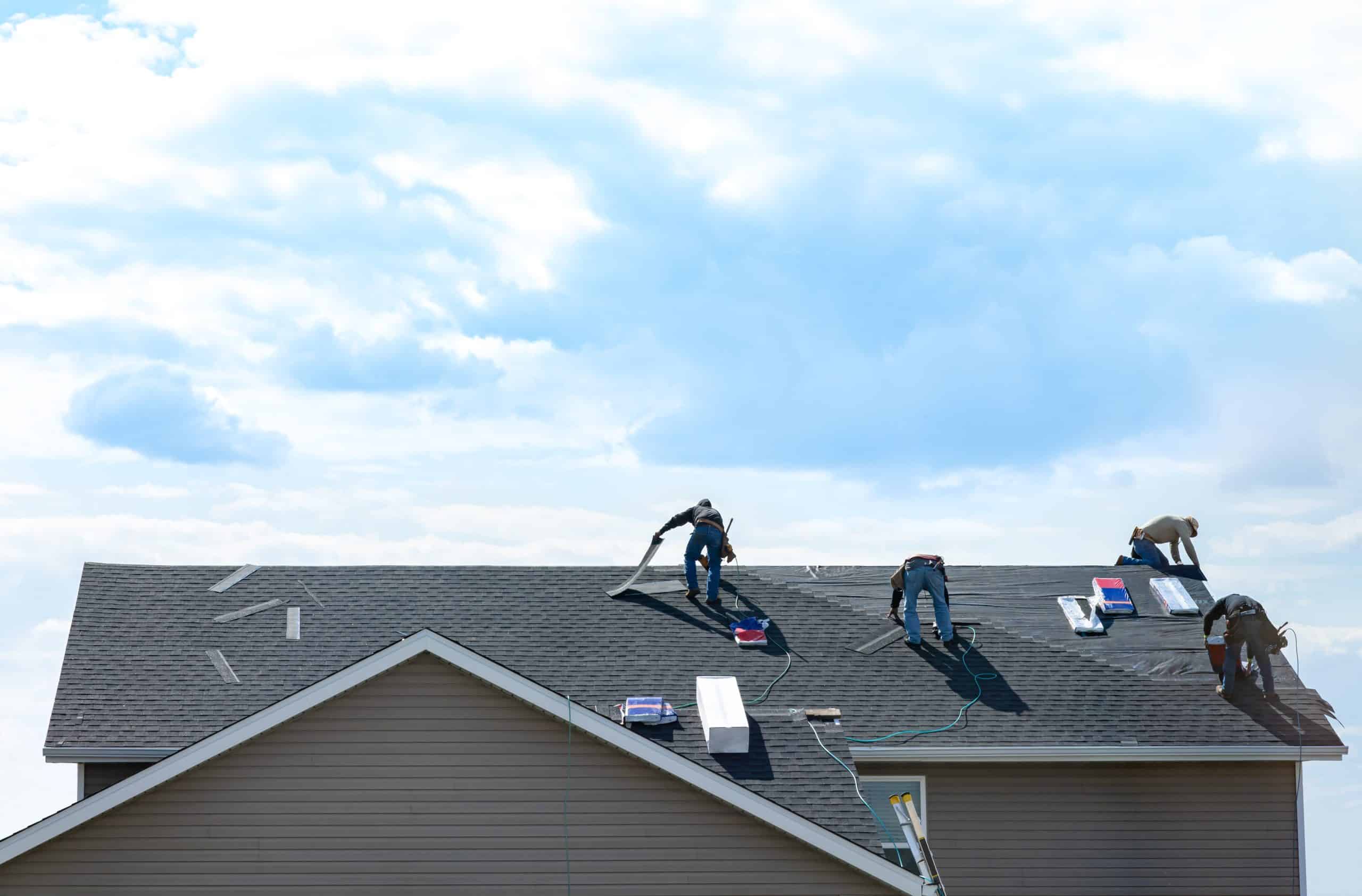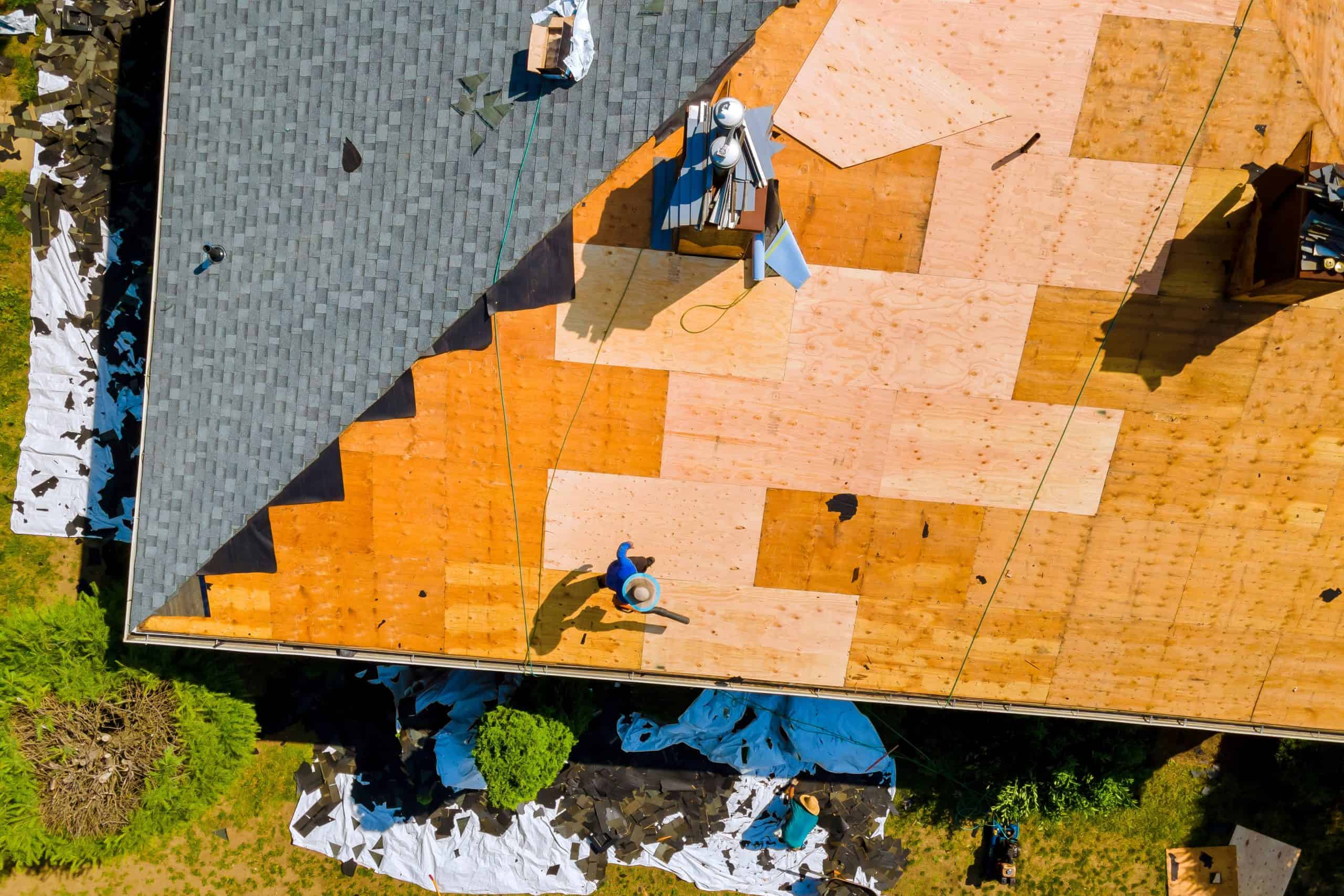Recognize five key roofing warning signs that signal you need immediate professional attention in Lenawee and Washtenaw Counties.
Share:

Summary:
Water stains spreading across your ceiling or trickling down interior walls aren’t just unsightly—they’re broadcasting an urgent message about your roof’s failing protection. Once water penetrates your roofing system, it doesn’t stop at surface damage. Moisture seeps into insulation, reducing its effectiveness by up to 50% and creating the perfect environment for mold colonies that can develop within 24-48 hours. In Lenawee and Washtenaw Counties’ humid summers, this process accelerates rapidly. Water damage to structural elements like roof decking and support beams can cost $8,000-15,000 to repair, compared to addressing the initial leak point for $300-800. The moment you spot water intrusion signs, time becomes your enemy.

Cracked, curling, or missing shingles create entry points for wind-driven rain that can penetrate your home’s protective envelope. Michigan’s freeze-thaw cycles cause shingle materials to expand and contract repeatedly, breaking down the asphalt binders that hold granules in place. When shingles lose their flexibility, they crack under thermal stress, allowing moisture to reach the underlayment. A single damaged shingle can compromise the water-shedding capability of surrounding areas, creating a domino effect of deterioration.
A sagging roofline indicates that support structures are failing under excessive weight or moisture damage. Whether you have dimensional lumber rafters or engineered trusses, sagging occurs when these components can no longer bear the load they were designed to carry. This condition poses immediate safety risks, as compromised structural integrity can lead to partial or complete roof collapse. Professional assessment becomes critical to determine if reinforcement can restore stability or if complete replacement is necessary.
Want live answers?
Connect with a Hamdan Quality Roofing expert for fast, friendly support.
Sudden spikes in heating and cooling costs often trace back to compromised roofing systems that allow conditioned air to escape and outdoor air to infiltrate. When roofing materials deteriorate, they create thermal bridges that bypass insulation effectiveness. Air leaks around damaged flashing, deteriorated ridge vents, or compromised soffit areas force your HVAC system to work 20-40% harder to maintain comfortable temperatures. In Lenawee and Washtenaw Counties, where winter temperatures can drop below zero and summer humidity soars, these inefficiencies translate to $200-500 in additional utility costs annually. Proper roofing restoration typically recovers these losses within 12-18 months through reduced energy consumption.

Granules accumulating in gutters and downspouts indicate that your shingles are losing their protective coating. These ceramic-coated mineral granules shield asphalt from UV radiation and provide fire resistance. When granules wash away, exposed asphalt becomes vulnerable to cracking, thermal cycling damage, and accelerated aging. Significant granule loss reduces your roof’s expected lifespan by 30-50%, turning a roof that should last 25-30 years into one requiring replacement within 15-20 years.
Roofing systems reaching 20-25 years of age enter their final performance phase, where multiple components begin failing simultaneously. Sealants around penetrations become brittle, flashing develops fatigue cracks, and shingle adhesion weakens. While individual repairs might address immediate problems, the cumulative effect of age-related deterioration often makes replacement more cost-effective than continued maintenance. Professional assessment helps determine whether your aging roof can reliably protect your investment for another 5-10 years.
These roofing red flags don’t improve with time—they compound into expensive emergencies that disrupt your daily life and strain your budget. In Lenawee and Washtenaw Counties, where weather extremes test every roofing system, early intervention saves both money and stress. Professional assessment reveals the true extent of problems you might not see from ground level, allowing you to make informed decisions about repair versus replacement. Contact Hamdan Quality Roofing today for a thorough evaluation that protects your home and your peace of mind.
Article details:
Share:
Continue learning:
Hamdan Quality Roofing
Company
Support
Useful Links